
Customer experience & the business review process
CX (Customer Experience) is something that really matters in a world where most of an MSP’s interactions with their customers are remote. This was true before COVD-19, but is even more true as MSP’s and their clients are struggling to determine how these crazy times will forever change their businesses, and if/when they can get back to business as usual. There is plenty written about how these changes impact the Strategic Business Review (SBR/QBR) process, which is arguably more important than ever. But today let’s talk about how exposing prospects to your CX and Customer Journey is the single most important thing you can do to win new business.

We are going to assume that your QBR includes the following:
- Asset Inventory and Lifecycle Management Planning
- User and Point of Contact review
- Risk/Gap assessment
- Remediation planning
- Client strategic budget forecast
Continuous Improvement Model
In a perfect scenario, these items are presented and play into the implementation of some form of a cycle of continuous improvement. For our purposes, let’s say the cycle looks like this:
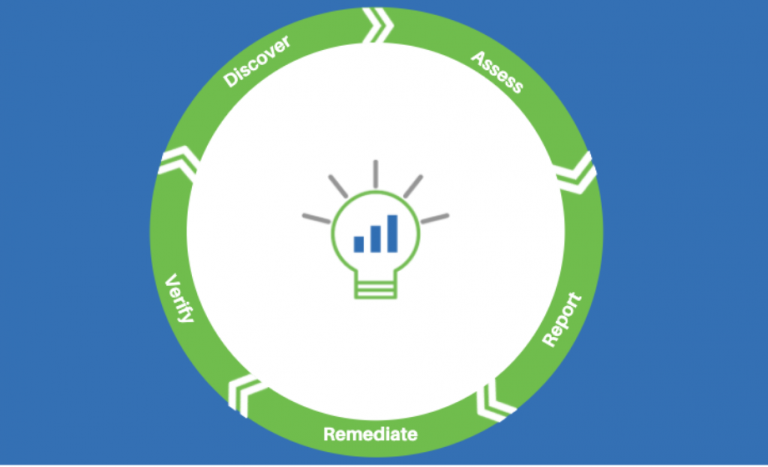
The key to getting your client to the table or the Zoom room is aligning the value of the actual QBR with your continuous improvement process. And the success of that for your clients and your sales is their customer experience. As we said, customer experience is a term that gets bandied about the industry. Let’s break it down:
- Customer: this is about them not about their technology and not about your MSP, it is about their business
- Experience: This is two-fold
- 1) How positive of an experience is it to work with your MSP?
- 2) How do you make your clients’ experience better? Have you solved pains? Eliminated risk? Increased profits?
So let’s take a look at the continuous improvement model and see how your QBR creates a great CX.
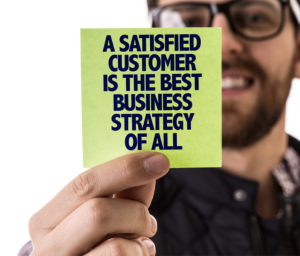
Discover
This stage is about collecting the facts. As an MSP these facts revolve around technology and users.
Wait. Time out. What?!
Go ahead and scroll up if you need to double check. I just said CX is about the customer and not their technology, yet here we are at step 1 collecting facts around technology.
Clarification: We are collecting data; because, as we say better data makes better insights for better business. So stick with us.
We are going to collect data around
- Asset lifecycle and warranty status
- Users and licenses
- Contracts and subscriptions
We collect this data because we will present a budget forecast that aligns to their business. Which is why they came to the table in the first place.

Assess
Speaking of getting them to the table… It is our responsibility as an MSP to identify risk in terms of:
- Security
- Stability
- Scalability
We do this by scoring clients around policies, practices, and products to address each point.
Aiming for an optimal CX means that you use an assessment to identify both pain and priorities so that when you meet with your client, they will see how working with you enhances their customer experience.
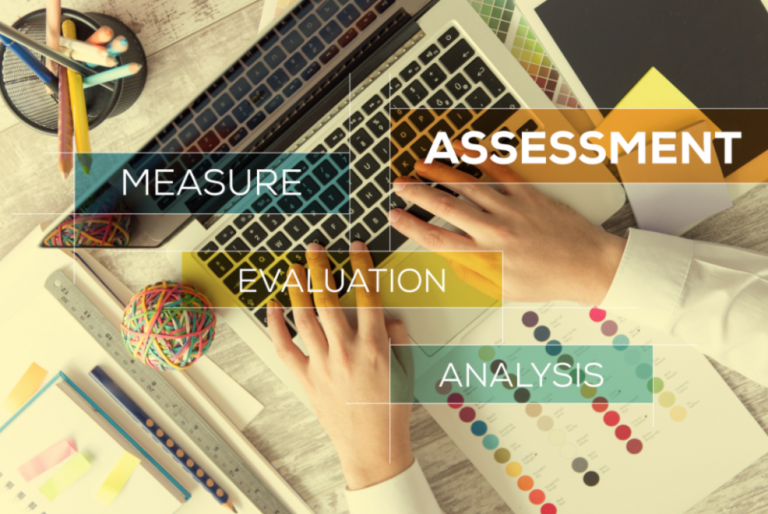
Report
When it comes time to present to your client at your QBR, assessment reports that connect the dots between the pains and risks identified in the data you collected (yes, all of those tech details) should come together in the form of remediation projects and budget forecasts.
At this point the client is thinking:
- “They understand my business and its priorities”
- “They empathize with and can relieve my pain”
- “They have even prepared a budget and roadmap in alignment with my goals (both short and long term)”
By delivering this customer experience, you have also closed a sale!
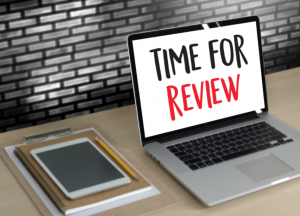
Remediate
With project acceptance in hand, your team gets to work. They replace, install, upgrade and document. They add value (security, stability, scalability, etc) for the client… but more importantly, they are alleviating pain and the exposure to the potential for pain.

Verify
And your follow-up assessment shows the results. As issues and pain points (those pesky red cells) turn green so does your customer satisfaction. It’s important when you present these results to take a minute to revisit the customer’s pain points. You are showing them the results of what might be a significant spend on IT projects. Verbiage like, “remember how frustrating it was when….” or “you should no longer experience….” will go a long way towards helping your customer realize value in the results. How you deliver the results is key to achieving high level CX!
Another critical piece to keep in mind is that this industry is constantly changing. As the industry changes (ie: threat actors evolve from guys in dark hoodies to nation state actors and crime syndicates), the technologies, policies, and procedures required to keep your customers will evolve as well. To reflect these changes, additional assessment categories and questions will be necessary. Yesterday’s solution won’t solve tomorrow’s problem, and it’s important that we communicate that to our clients proactively, so that there are no surprises when new risks and vulnerabilities show up on future assessments, dragging down once excellent scores and identifying additional projects.

Getting clients to the business review meeting
Objections to meeting: Our clients just assume that we are taking care of all of their cybersecurity needs, in fact we often hear MSPs say that their clients don’t see the value in Strategic Business Reviews because, “Everything’s great – we don’t need to meet.” or maybe they just don’t respond to your requests to meet (the silent objection).
These objections can often be overcome before they occur by proactively presenting the customer with an agenda for this important strategic meeting. An agenda that includes the review of a Risk Assessment and Proposed 5 year IT Budget makes it nearly impossible for the client to respond with “Everything is great, We love you guys, we don’t have anything we need to discuss at this time.” It immediately elevates the MSP from the role of “Mr. Fix-it” to a position of strategic advisor.
It shows that you are aligned to their needs and pro-actively working to ensure that future threats (and their associated pain) are addressed before they begin to hurt, and this is where an MSPs real value can be put on display.
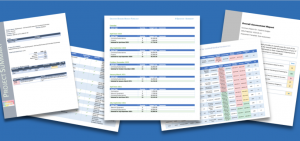
A platform to improve the process
How does Lifecycle Insights come into play? We knew that MSPs were spending hours pulling together these reports in order to be able to show their value. We decided to standardize and automate that process helping MSPs save time and produce consistent results. Our platform allows MSPs enough flexibility to adapt our framework to their existing business processes, with the additional potential to consolidate reporting tools and actually save money. Want to see what that looks like? Contact us for a demo.

